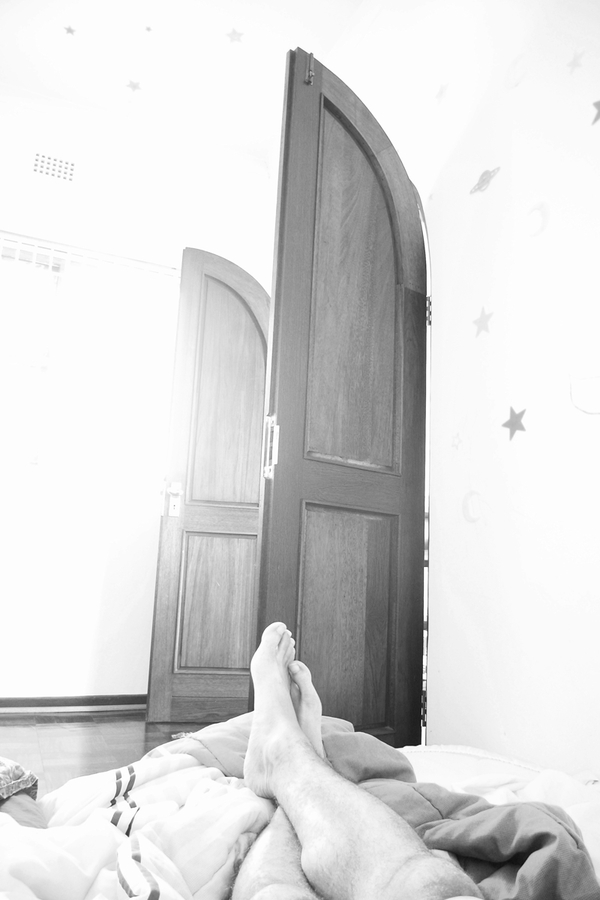“Less is more” is a fallacy of accident, it generalizes a situation, in this case design and visual art, but it excludes any exception or variation. The dangers of this are many and more visible every day. “Minimalist” design is everywhere, and it’s publicized as being a reduction, but the truth is that most of these daily objects are far from being simple and/or cheap to manufacture, besides the impact they might have on our natural resources (onelove put it very well: http://75.co.za/lyndal/2010/03/15).
Most of them go to huge extents to “hide” their complexity in order to fit a certain popular aesthetic. That’s not minimalism as I understand it. This term was coined during the 60’s as a way to try to group together a new kind of art that was being made by people like Donald Judd, Carl Andre, Robert Morris, and Frank Stella. Theirs was an exploration in trying to make art without the artist’s “mark”, where the “artistic” object was industrially manufactured, its size limited to the standard dimensions, colours and finishes of available industrial materials.
This reduction was supposed to make art dependent only on the observer and his/her point of observation, and limit the experience to nuances of light and shadow, excluding the pictorial, the literal, blurring the divide between painterly and sculptural concerns.
Too often we see, read and hear people associating the word minimalism to all kinds of spaces, objects and art manifestations, which in essence are everything but minimalist as they use “more” to give an appearance of “less”.
From the moment we reduce our infinite possibilities of expression to one motto, one approach, even when the situation asks for more, we are reduced to less.




